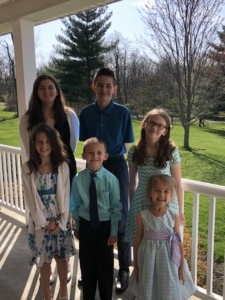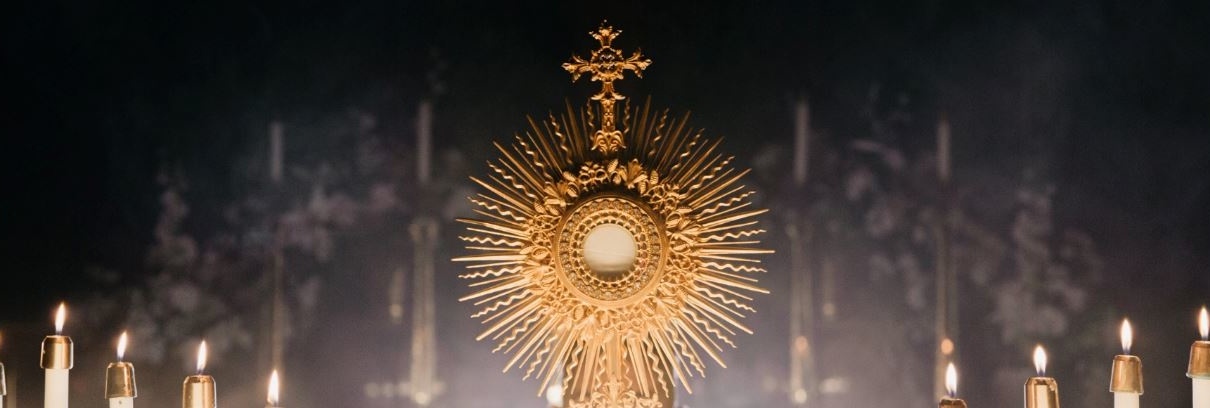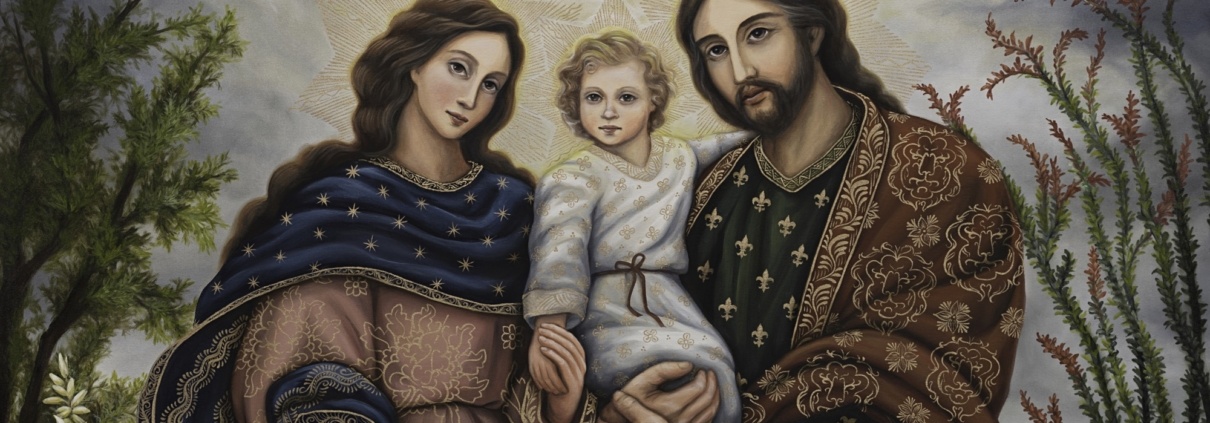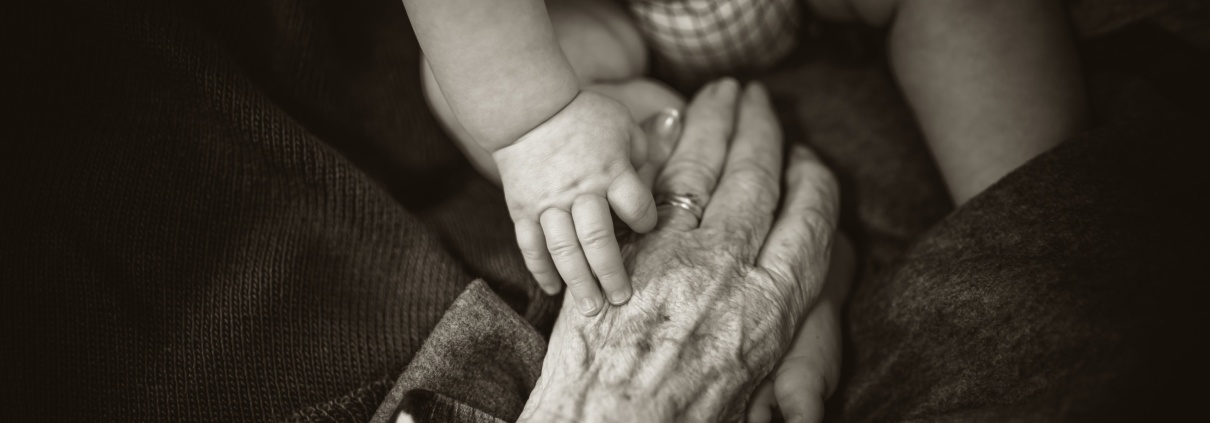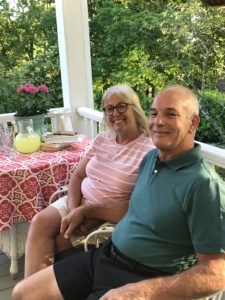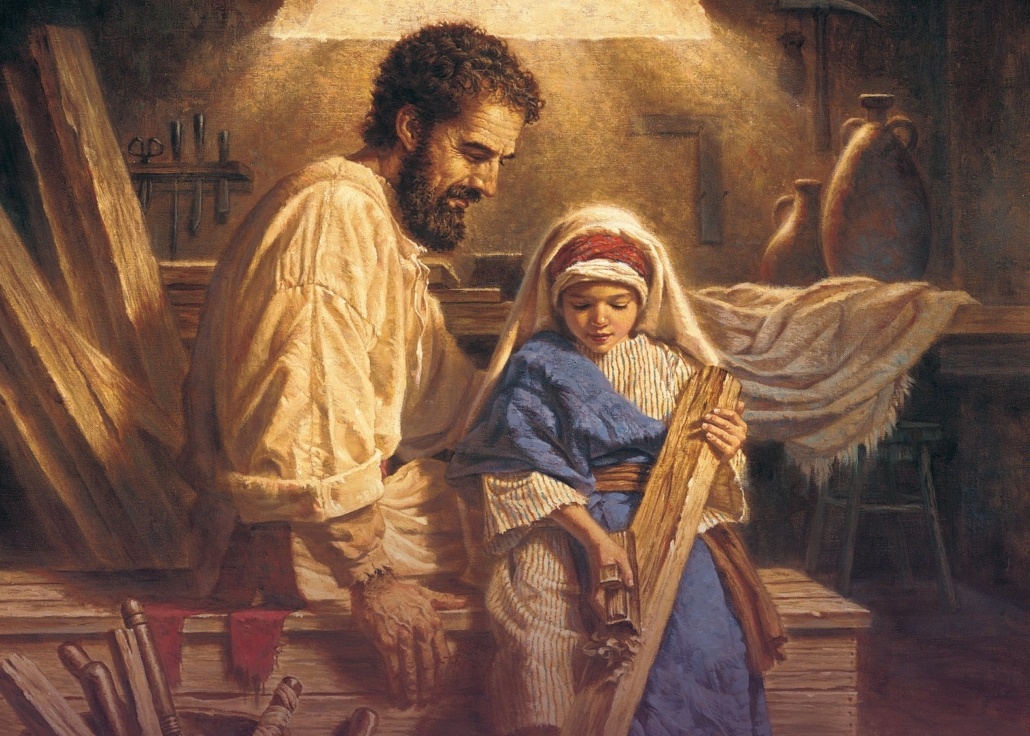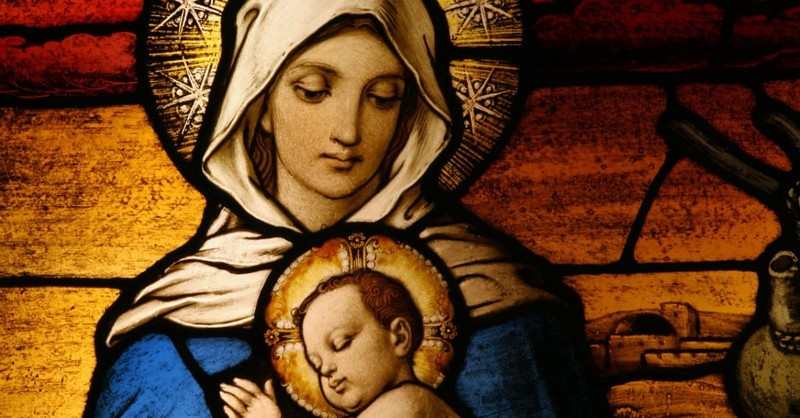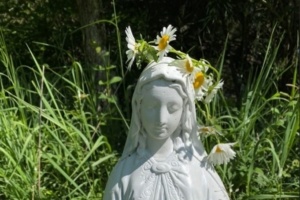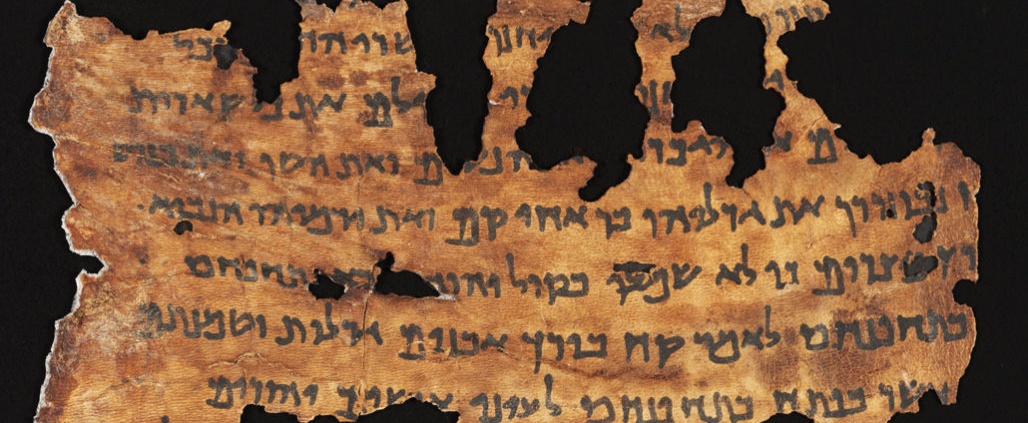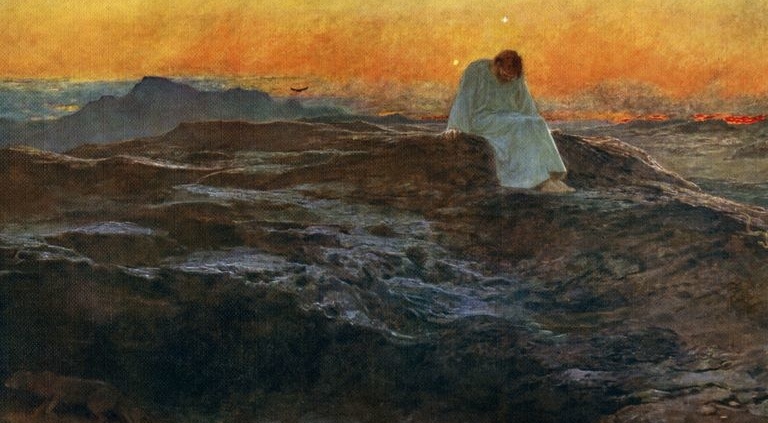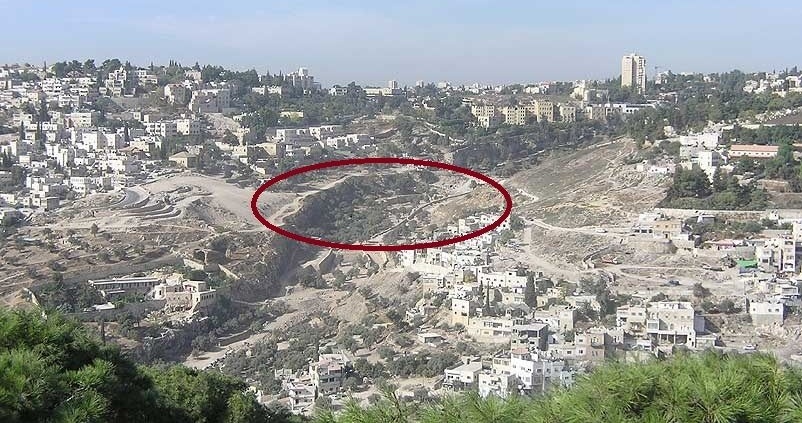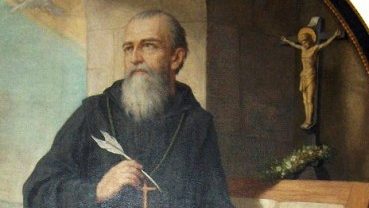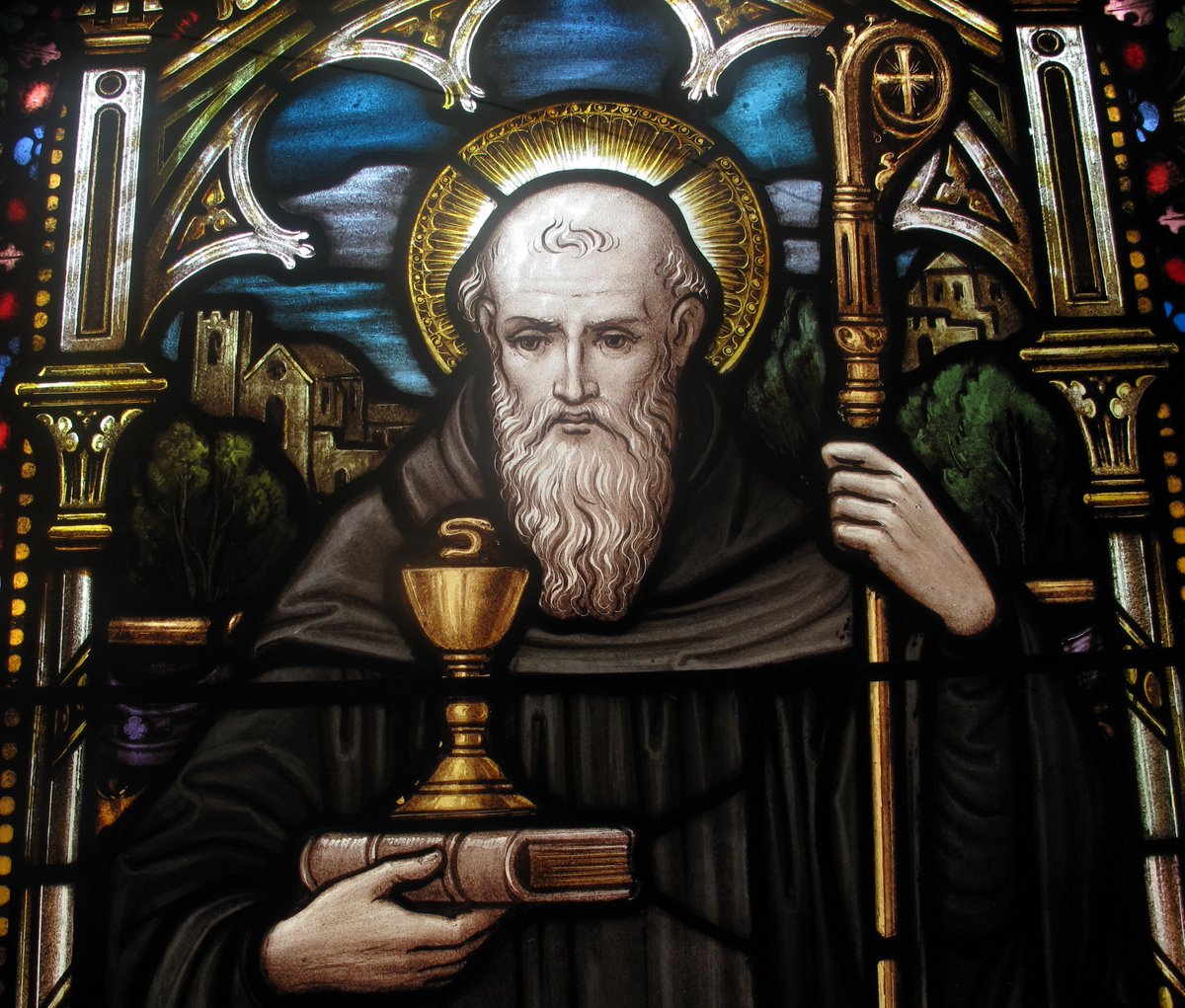During Year of Family Pope Francis asks faithful to reflect on moving ‘towards a better education of children’
By David Cooley.
The seventh chapter of Pope Francis’ post-synodal apostolic exhortation, “Amoris Laetitia — On Love in the Family” is entitled “Towards a Better Education of Children.” In that segment the Holy Father explores in great detail how adults — especially parents, but also teachers and other role models — influence the moral development of children. Young members of society observe and imitate their older family members, teachers and principals perhaps more than we might like to think. So, whether at home or in a school setting, we must realize that we are all responsible for not only forming young minds but also shaping healthy consciences. We are all parental figures “fostering good habits and a natural inclination to goodness” in our young people (see AL, nn. 263-264).
Parents or guardians are always the primary educators of their children, however, they very often rely on schools and extracurricular activities to ensure the complete basic formation of their children. In school the lessons that are learned at home are validated. “The family is the primary setting for socialization, since it is where we first learn to relate to others, to listen and share, to be patient and show respect, to help one another and live as one. The task of education is to make us sense that the world and society are also our home; it trains us how to live together in this greater home,” writes Pope Francis (AL, n. 276).
Kendra McGuire, superintendent of Catholic schools in the Diocese of Covington, faces the multifaceted challenges of working toward a better education of children, both as a mother of six and as an administrator. Her first priority in both of these roles is provide the children in her care with the opportunities to become who they were created to be and to, ultimately, get to heaven. She agrees with Bishop Roger Foys that the primary reason for a Catholic school system is to pass on the faith to the next generation, and that is her approach when partnering with principals and teachers.
“One of the things that our schools have to do is make sure that our faith is not just another subject,” Mrs. McGuire said. “Faith has to permeate through everything we do because in order for people to really be engaged in the faith they have to see how it relates to every aspect of life.”
Mrs. McGuire said that all teachers in a Catholic school, no matter what subject they teach officially, are religion teachers because they are role models, standing in the place of Christ and teaching through their interactions and how they respond to questions and situations.
“Even in a math class or a science class, things will come up that pertain to the faith and the teachers need to be ready with an appropriate Christian response.” And, she said, that it is important for them not to miss the many teachable moments that come up during a school day, because those are the lessons that sometimes children remember most.
From a practical standpoint, Mrs. McGuire knows that schools carry a large load of academic responsibilities and they can only do so much. While schools should be reiterating the good things that children learn in home, parents and caregivers must also echo the Gospel message in the home.
“That’s a big challenge,” she said. “How do you help what the children learn in school to carry over into their home?”
Mrs. McGuire said that everything should start with prayer.
“As parents, we have to continue to make sure that children understand how important our faith is. One big thing that families need to do is pray together,” said Mrs. McGuire. “Start the day with prayer, pray before meals, before bed; this helps children stay centered and recognize that they are called to give their entire day to God. Families need to make Mass a priority and understand that Sunday is a day to focus on God and your family.”
In her own family, Mrs. McGuire makes sure that they all participate in activities together at the parish, such as Stations of the Cross or other ministries. During Advent they light an Advent wreath at their dinner table.
“Any time we can be together with the larger faith community, we try to do that. And, any time we can bring the faith into the house, we try to do that,” she said.
Her husband, Adam, said that faith is the number one priority in their house and guides all of their activities and decisions.
“We pray as a family before we travel and we try to bring the faith into the difficulties and challenges that the children face in life,” Mr. McGuire said.
Mr. McGuire is a police officer, so they both have demanding careers and often find themselves working on different shifts. They depend on each other as a team.
“We are not always home together, but we trust each other and count on each other to take care of things while we are away,” said Mr. McGuire. “That being said, we try to do as much together as possible. We always try to make time for family. We like to hang out outside, play sports and go boating.”
Even though they both work, Mr. and Mrs. McGuire each coach soccer and encourage their children to get involved in activities as much as possible.
Mr. McGuire said that he is very proud of his wife as the superintendent, and he is impressed with the way she leads the schools in the Diocese of Covington. “I’ve always known she was destined for great things. She is very faith-based and education is very important to her,” he said.
When challenged to consider concrete ways teachers can keep their students interested in the faith, Mrs. McGuire didn’t hesitate.
“There are teachers who have started religious clubs. Many of our schools have clubs — like a chess club or sports club — but some have a rosary club, for example. These are ways we can demonstrate to our students that our faith should be an enjoyable part of their lives,” she said.
“We encouraged our classrooms to have a place dedicated to the faith. They might have a prayer corner with books, statues and pictures; things that draw your attention and keep you focused on Christ.”
Mrs. McGuire said that learning to spend quiet time during Eucharistic adoration or journaling can also be very beneficial to young people.
“Students also have busy lives; we need to give them opportunities to have quiet time in order to listen to God,” she said. “Read Scripture out loud and then take time to reflect on or write about it.”
In his concluding section of “Amoris Laetitia,” entitled “Passing on the Faith,” Pope Francis writes, “Handing on the faith presumes that parents [and teachers] themselves genuinely trust God, seek him and sense their need for him, for only in this way does ‘one generation laud your works to another, and declare your mighty acts’ (Ps 144:4) and ‘fathers make known to children your faithfulness’ (Is 38:19).”
David Cooley is the co-director and office manager of the Office of Catechesis and Evangelization in the Diocese of Covington.


